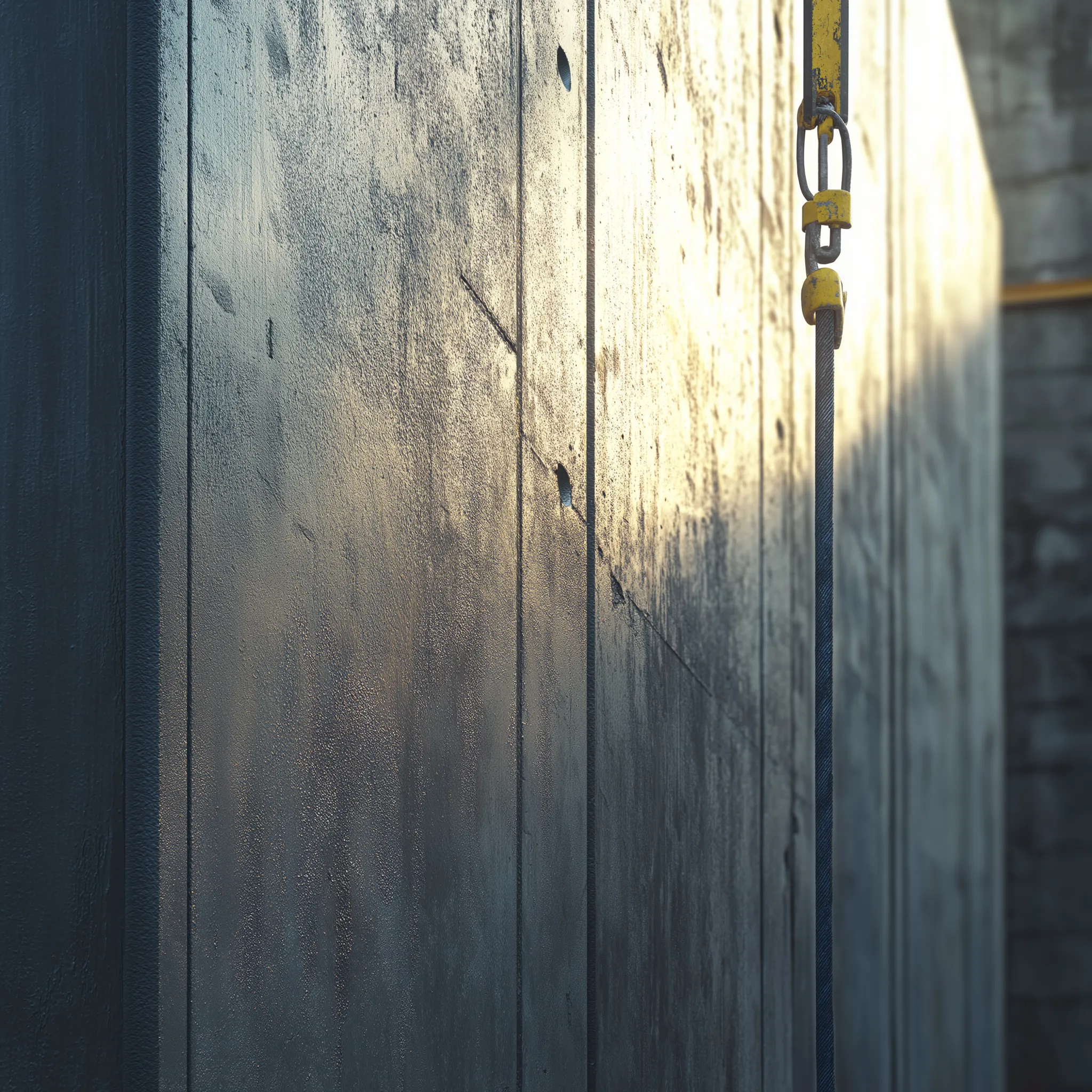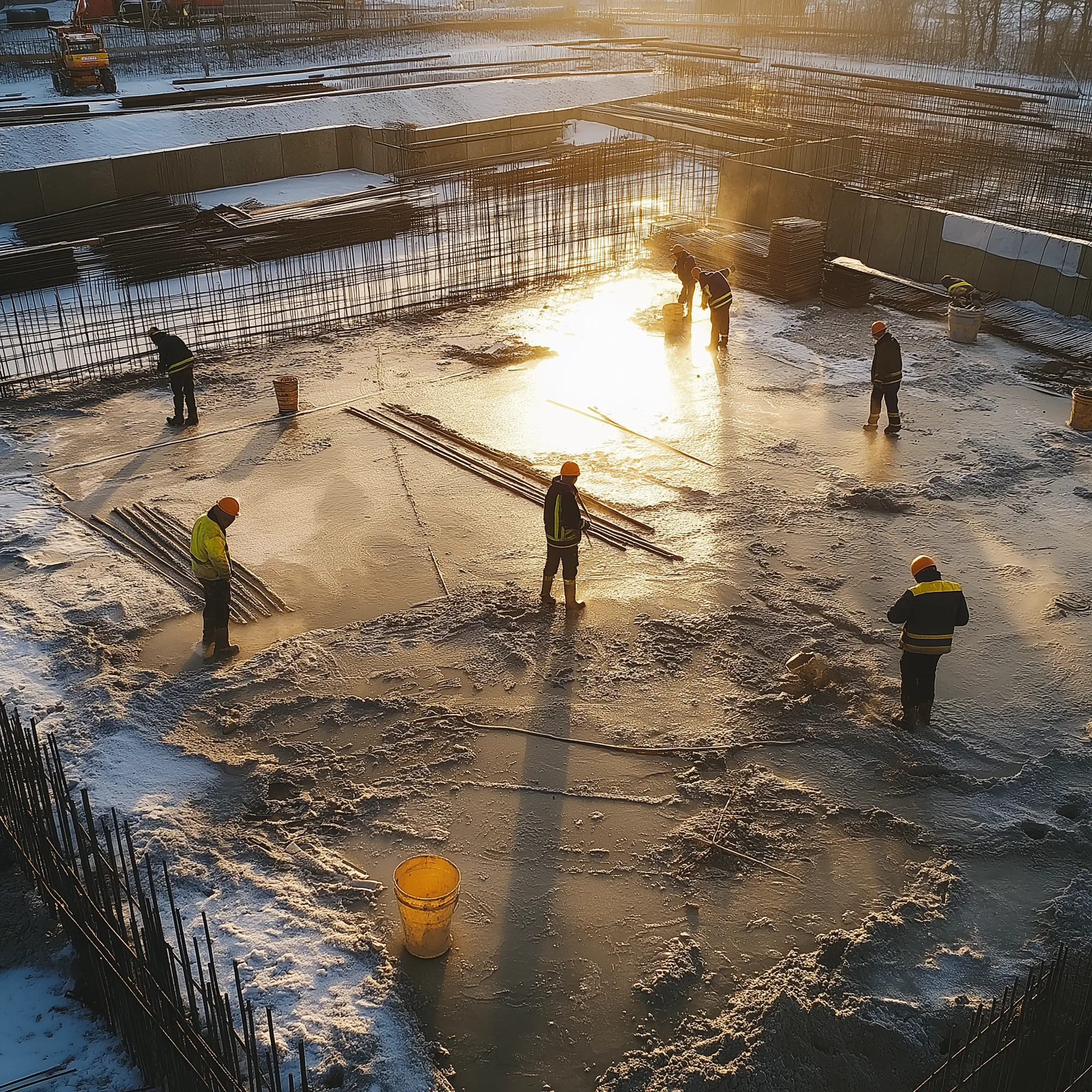Self-leveling underlayments are used to create a smooth, even surface for the concrete. Self-leveling underlayments are often used in situations where the existing subfloor is uneven or damaged, or when a highly smooth and level surface is required for subsequent floor coverings. These underlayments are easy to install and can provide a durable, long-lasting base.
Here are some tips for using self-leveling underlayments:
1. Choose the right type of underlayment: There are several types of self-leveling underlayments available, including cement-based, gypsum-based and polymer-modified products. Each type has its own unique properties and benefits, and it is important to choose the right one for your project based on the intended use of the floor, the type of concrete, and other factors.
2. Prepare the subfloor: Before installing the self-leveling underlayment, the subfloor must be prepared properly. Remove any existing flooring, adhesives, or debris, and make sure the substrate is roughened so a primer or underlayment can bond properly. We recommend a minimum of a CSP #3 surface profile. At this point the substrate would be ready to receive SpecPrime, which is our rewettable primer that bonds the underlayment to the substrate.
3. Mix and apply the underlayment: SpecFlow, our Self-leveling underlayment, is mixed with 4 quarts of water and has a working time of approximately 20-30 minutes. Use a mixing drill and a paddle attachment to thoroughly mix the underlayment, and then pour the mixture onto the prepared subfloor. No troweling is necessary as SpecFlow seeks its own level. SpecFlow will be ready to accept foot traffic in 2-4 hours, and under normal conditions, floor coverings in 16 to 24 hours.
By following these tips and using self-leveling underlayments properly, you can create a smooth, even surface for subsequent floor coverings , ensuring its success and longevity.





